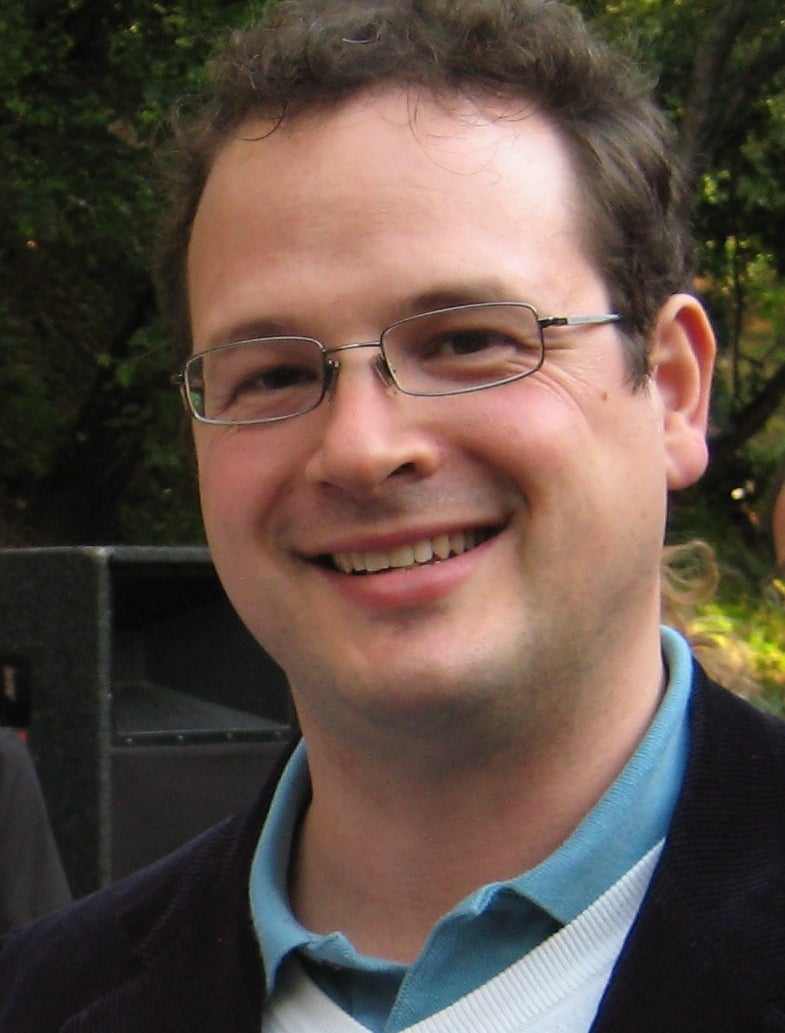
Talk Title and Abstract:
What's the universe made of? A strong gravitational lensing perspective
The standard LCDM model gives a successful description of many astrophysical observations. However, many fundamental questions remained unanswered. I will focus on two of them and show how strong gravitational lensing can help us answer them in a powerful way, independent of all other probes. The first question is whether there is a need for additional physical ingredients beyond LCDM, e.g. early dark energy, as implied by the Hubble-tension. The second question is concerned with the nature of dark matter itself: is it a standard massive WIMP-like particle or something more exotic? For the first topic, I will provide an update of our 20-year long effort to measure the expansion history of the universe and thus the Hubble constant using gravitational time delays, highlighting recent results based on lensed quasars from the TDCOSMO collaboration (the union of H0licow/STRIDES/SHARP collaborations), and from multiply imaged supernova Refsdal. For the second I will describe recent work based on flux ratio anomalies of quadruply imaged quasars, and the constraints on dark matter free streaming length and mass-concentration relation. I will conclude my talk by discussing the prospects for achieving 1-2% precision and accuracy on H0 and test a wide variety of dark matter models using JWST and other upcoming facilities.
Would you like to join this Zoom seminar? Please email Donna Hayes.